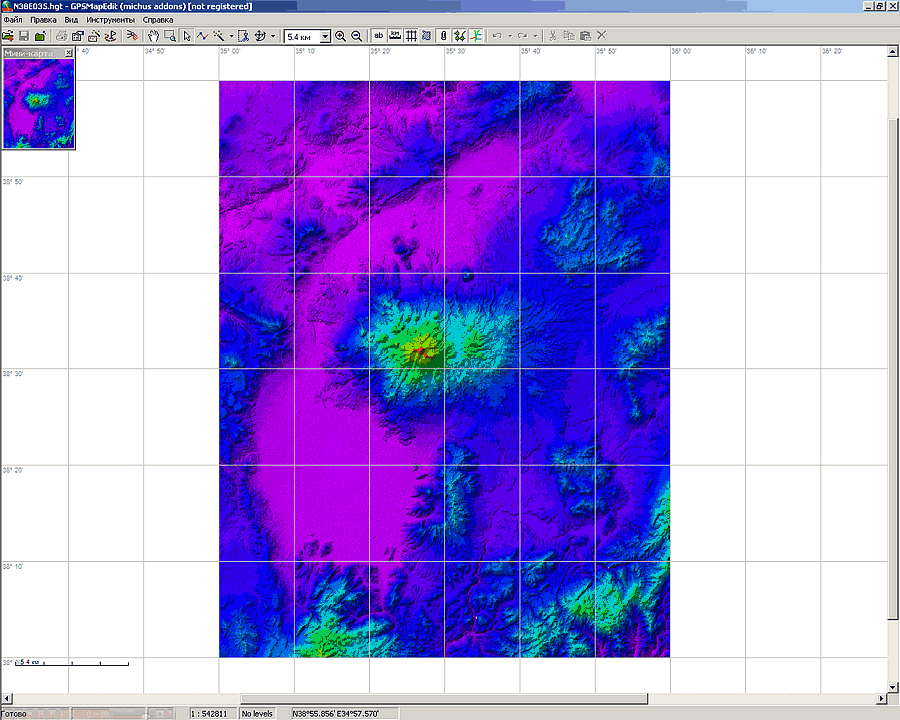
- GPSMAPEDIT SIMPLIFY POLYLINES HOW TO
- GPSMAPEDIT SIMPLIFY POLYLINES SOFTWARE
- GPSMAPEDIT SIMPLIFY POLYLINES WINDOWS
Navigate to: Table of Contents > Right click shapefile, Save As To import this data to QGIS, you will have to save it as a text file and need at least 2 columns which contain the X and Y coordinates.
GPSMAPEDIT SIMPLIFY POLYLINES HOW TO
This video describes how to load a shapefile into QGIS and export it as a GeoJSON text file. Have your own file geodatabase and make sure you have write access to it. I’ve been running some Near Analysis (arcpy) on a project that I’ve been working on (more on that at a later blogpost). Navigate to your shapefile and add the dataset by selecting the.

shp) is possible and gpx to shp conversion can be achieved with programs such as GPSMapEdit Converting Google Earth. If additional shapefiles were imported, data for those shapefiles would be stored in those geodatabase tables as well. But on the other hand shapefile has some limitations such as 2 GB maximum size, cannot store null values, field name no longer than 10 characters, poor support for unicode character string, etc.

Click inside the drop box area to upload GDB files, or drag & drop. Now select the coordinate format and datum used in ArcView.
GPSMAPEDIT SIMPLIFY POLYLINES WINDOWS
In Microsoft Windows gdal/ogr commands are available from the OSGEO4W command line.
GPSMAPEDIT SIMPLIFY POLYLINES SOFTWARE
Below is a list of common GIS file formats and the software (s) they are compatible with. shp) Importing shapefiles to QGIS is natively supported and straightforward. You can use GDAL/OGR to convert gdb to Geopackage (or ESRI Shapefile). The buffering process buffered all but 3 shapes of the edited shapefile. Of course the word “real” makes the idea fuzzy, but at least there is real(ly) the possibility to make and use a 3D shapefile, for instance in QGIS with the grass v. The GDAL/OGR library supports serveral dozens of vector file formats. The ASimp command is used within the Outside Loop command and is included in the A>V>C> Pro. It's easy to switch styles right from the command line.



 0 kommentar(er)
0 kommentar(er)
